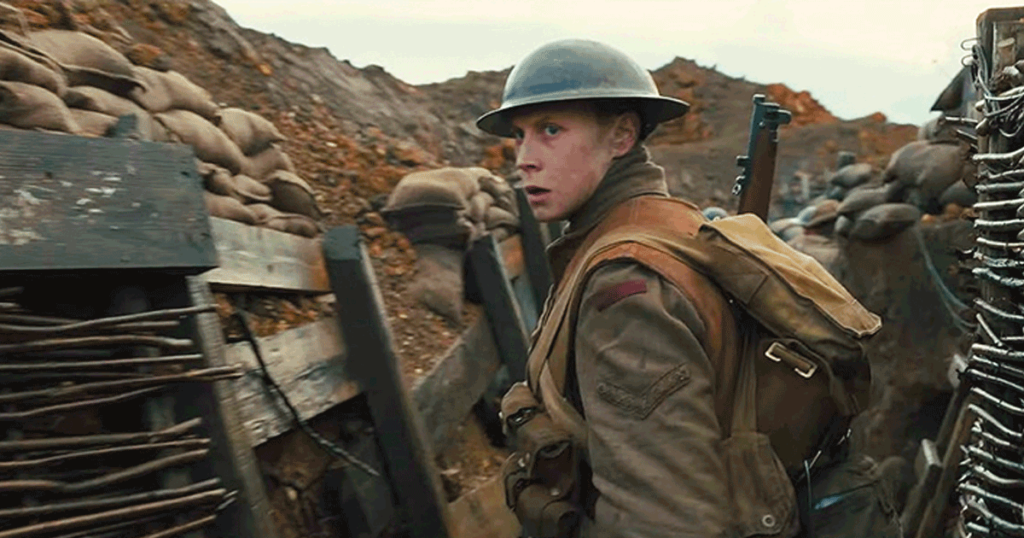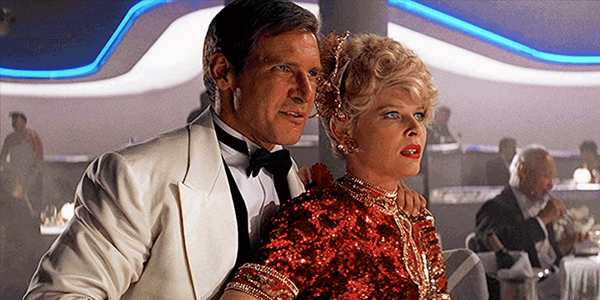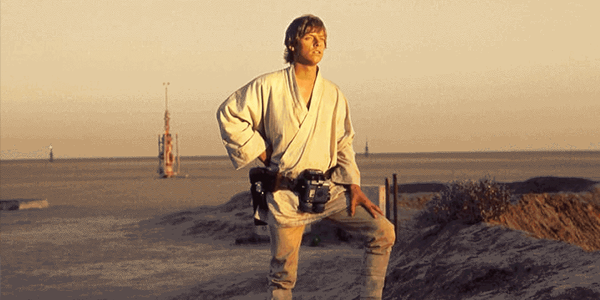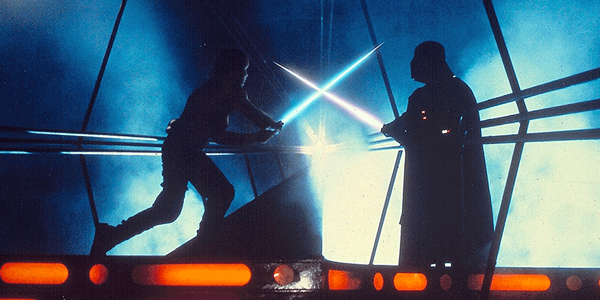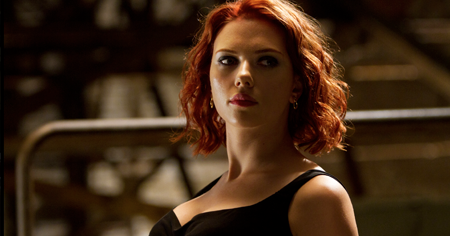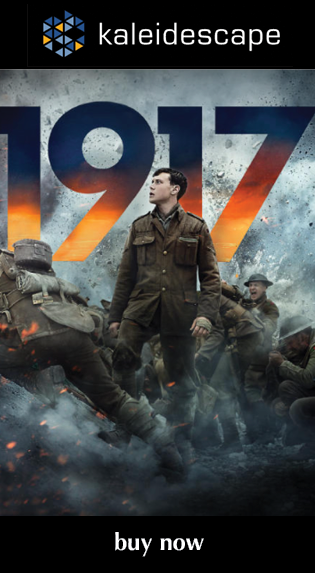also on Cineluxe
Sign up for our monthly newsletter
to stay up to date on Cineluxe
Sam Mendes’ two-take look at World War I has enough battle action to make for a great home theater demo
by John Sciacca
updated August 25, 2023
If director Sam Mendes’ 1917 is the last film we ever get covering the World War I, the subject will have been well served. This is a personal project for Mendes, who not only directed but co-wrote and produced, being based in part on stories told to him by his grandfather who fought in the war as a 17-year-old. In the hands of a different director, 1917 likely wouldn’t have been such a successful and powerful film, as Mendes does two things that combine to make the film feel so much more real, immediate, and personal.
First, it’s shot in a manner that makes it feel like two continuous takes. You get a sense of the planning needed for this as the cameras follow the two protagonists through what feels like miles of trenches, sliding around other soldiers and navigating twists and turns, or following as they run through battle scenes.
Second, shots are almost always framed tight, rarely more than just a few feet away. You frequently see little in the distance or much off to the periphery. This draws you naturally in to their situation, seeing their emotions and the wear of their uniforms, making you care more about the mission. But it also serves to add to the tension and unease and fog of war of the journey, as you’re given far less information about your surroundings, and end up reacting to events as they happen instead of being prepared for them.
Roger Deakins’ Oscar-winning cinematography looks beautiful. The lighting is also beautifully done—and greatly benefits from HDR. Whether it’s a dark interior of a tent warmly lit in rich red-orange glows from lamps, the dark insides of bunkers illuminated by flashlight, or a French village illuminated at night by overhead flares and a conflagration, blacks are deep, with lots of shadow detail. Skies during the daylight scenes—the first of the two shots—are a bright, overcast grey, free of any noise or banding and still revealing clouds and other details.
Filmed in ArriRaw at 4.5K with this transfer taken from a 4K digital intermediate, you appreciate all the little details on screen. In the opening scenes you can see the layers of texture and materials on the soldiers’ uniforms and kit, with individual stitching, fray, and wear, and the aging on their leathers. Going through the trenches, you can see all the work required to dig in a protected position and the nightmare of having to sleep in a constant state of mud and muck (later juxtaposed by the much more advanced German trenches).
The only video issue I noticed was a pretty severe bit of judder at around 42:40 (immediately preceding “The Dogfight” scene). The camera shoots through the gaps between some vertical wooden fence slats while slowly tracking to the right. Whether it is the shudder speed used, the speed of the camera panning, or just an inherent issue with the limitations of filming at 24 frames per second, on my two displays, the wooden posts broke down into a ghosted mess.
While the DTS-HD 5.1 soundtrack included with the Kaleidescape download is certainly dynamic, I’d be remiss if I didn’t call out NBC Universal for not providing Kaleidescape with the fully immersive Dolby Atmos track. Even so, the upmixer in my Marantz processor did an admirable job of extracting ambient cues from scenes, adding the swirl of wind through leaves and trees in a forest canopy, the roar of plunging water, or the sounds of a bunker caving in around you, with its wooden supports splintering and dust and debris filling the room.
This is a war film, so there’s a fair bit of shooting and explosions, and rifle shots have an appropriately loud and sharp crack, with the sounds of ejected and spent brass shell casings tinkling and bouncing on the floor. One explosion was so loud and sudden that it literally had me jump in my seat.
The movie is well served by Thomas Newman’s score, which seems to always add the right level of sweeping scale, tension, and urgency. Dialogue is mostly easy to understand and when it wasn’t, it was more due to the occasionally thick accents of the actors than to any poor quality of the mix.
Recommending 1917 is a no-brainer. It’s not only one of the most unique and engaging films I’ve seen in a while, it looks fantastic in a home theater—the bigger the screen the better. It’s an intense viewing experience, but one that is well worth it.
Probably the most experienced writer on custom installation in the industry, John Sciacca is co-owner of Custom Theater & Audio in Murrells Inlet, South Carolina, & is known for his writing for such publications as Residential Systems and Sound & Vision. Follow him on Twitter at @SciaccaTweets and at johnsciacca.com.
PICTURE | Thanks to HDR, blacks are deep, with lots of shadow detail, and skies during the daylight scenes are a bright, overcast grey, free of any noise or banding and still revealing clouds and other details
SOUND | The DTS-HD 5.1 soundtrack is certainly dynamic, with rifle shots having an appropriately loud and sharp crack
© 2023 Cineluxe LLC


